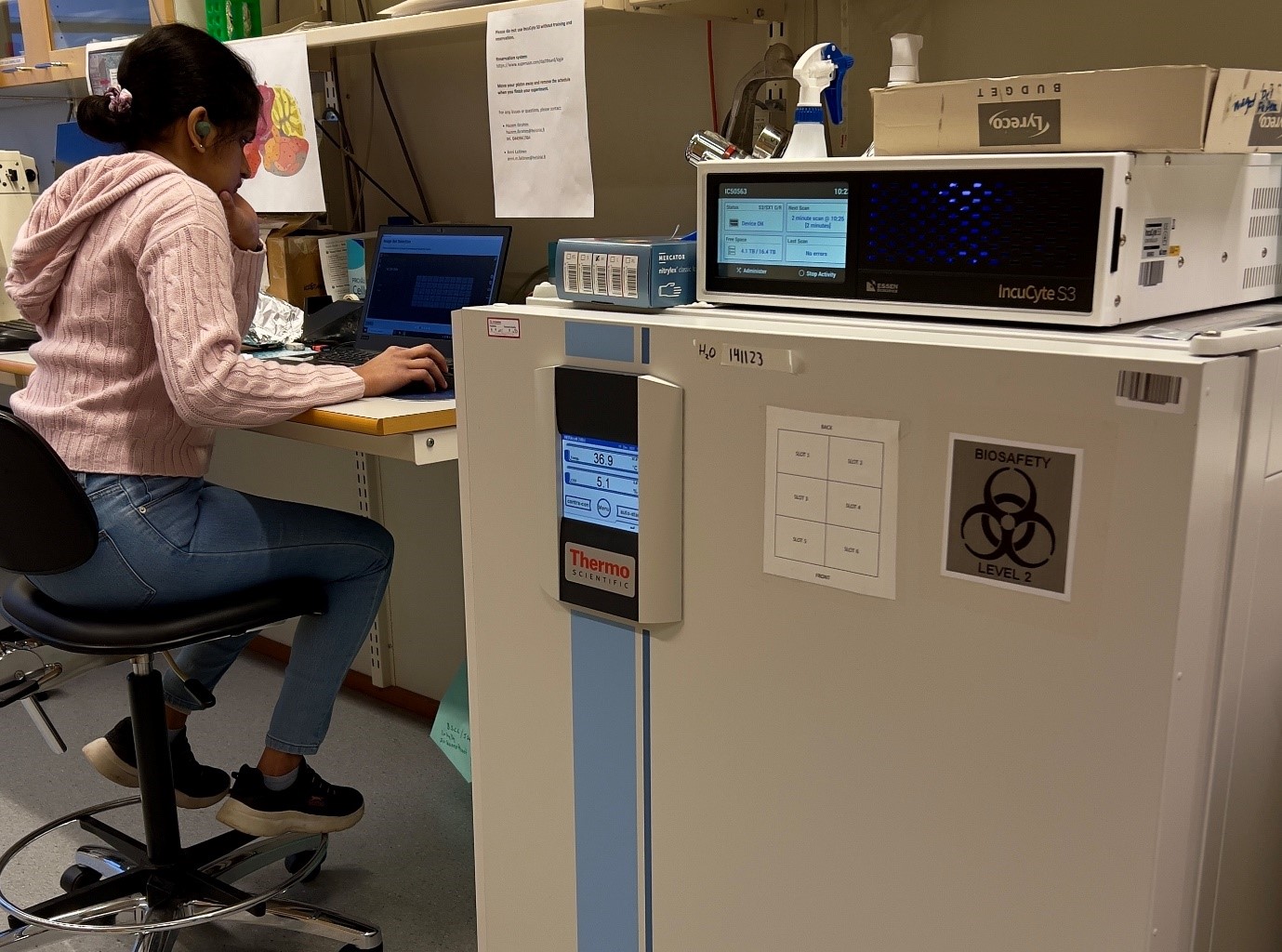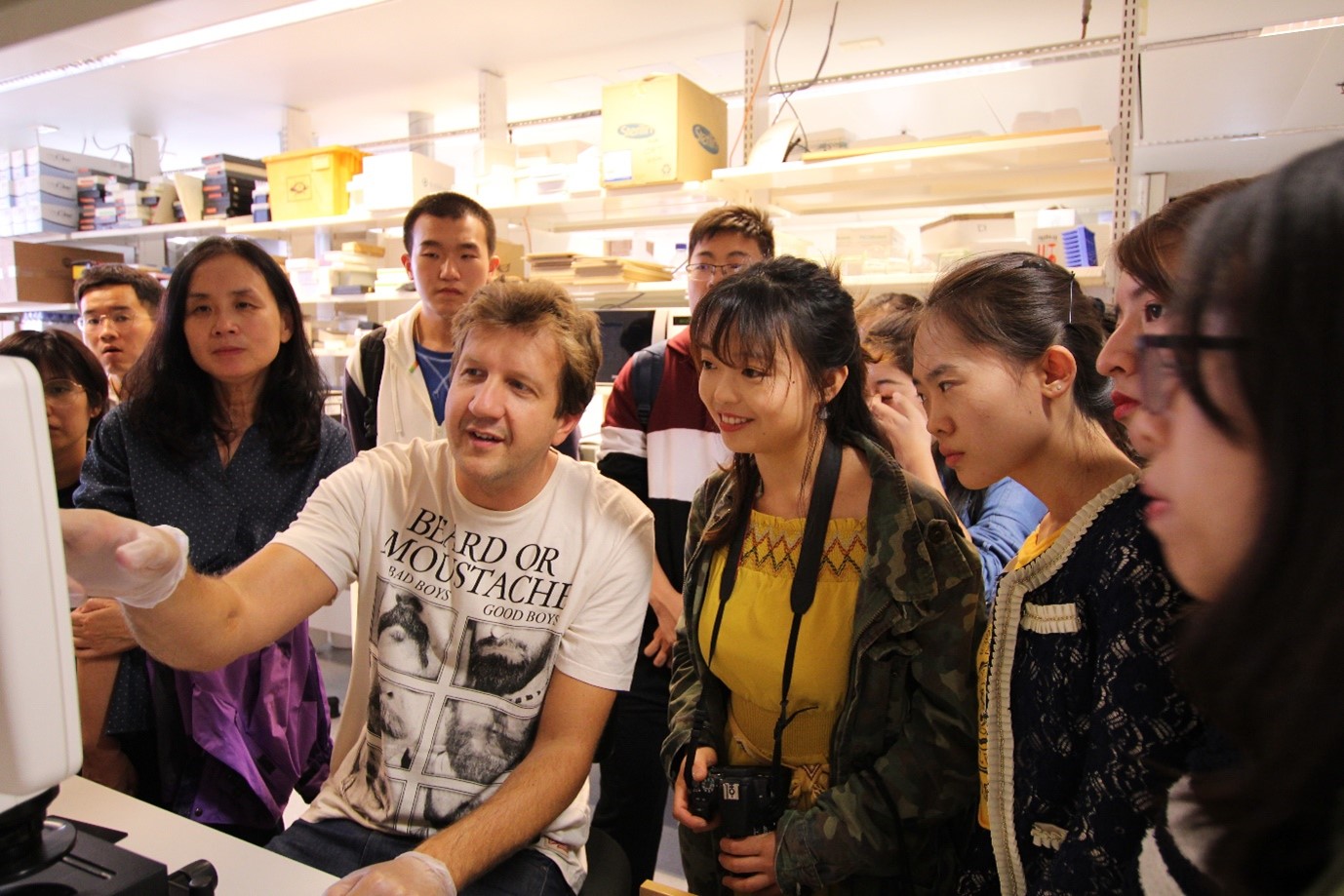Nodes
UEF: University of Eastern Finland; UH: University of Helsinki; UTU: University of Turku; TAU: Tampere University; ÅAU: Åbo Akademi University.
Contact details
Platform Chair
Diego Balboa
diego.balboa@helsinki.fi
Services
Cell and reporter lines distribution
BF network offers a large range of human embryonic (hESCs), induced pluripotent stem cell (iPS cell) and iPS cell reporter lines with a complete service package including protocols for the stem cell maintenance and expansion, characterization data documentation and highly qualified technical support. BF network can assist with the selection of the appropriate stem cell line for your specific research needs.
Helsinki Institute of Life Science - HiLIFEBiomedicum Stem Cell Center
BioMediTech, Tampere University
iPS Cells
Biocenter Kuopio
Stem Cell Center
Derivation and characterization of human iPS cell lines
BF network offers custom iPS cell line production service. Currently the methods for iPS cell generation are based on non-integrative technologies (Sendai virus, episomal vector and CRISPR activator) for reprogramming of somatic cells transduction. Reprogramming method is selected according to customer’s needs.
Helsinki Institute of Life Science - HiLIFE
Biomedicum Stem Cell Center
Biomeditech, Tampere University
iPS Cells
Biocenter Kuopio
Stem Cell Center
Training
BF network offers hands on laboratory-based training in fundamental aspects of pluripotent stem cell culture and analysis.
- Training packages tailored for the client's needs in stem cell culture.
Biomedicum Stem Cell Center
Biomeditech, Tampere University
iPS Cells
Biocenter Kuopio
Stem Cell Center
Cell line editing
The service enables generation of disease relevant cellular model systems including knock-outs, knock-ins, and either creation or reversion of pathogenic mutations. This service also facilitates generation of reporter cell lines with fluorescent or other kinds of tags. Cellular systems can be created to facilitate genetic screening and drug screening. Furthermore, cell line editing can be used to validate hits from genetic screens or drug screens. Much needed isogenic cell lines for isogenic disease models can be generated by cell line editing.
Target cell type and intended type of editing will determine the approach and feasibility of editing projects. The projects are initiated together with scientists requiring the services. Therefore, there will be evaluation phase when FinGEEC personnel will determine whether the project is currently doable and whether the client agrees with the price and duration of the project, and risks involved.
Note that this service is not currently provided for primary cells. For human pluripotent stem cell editing, please, contact BSCC, HiLIFE, UH.
Helsinki Institute of Life Science - HiLIFE
FinGEEC-Helsinki
Biomeditech, Tampere University
iPS Cells
Helsinki Institute of Life Science - HiLIFE
Biomedicum Stem Cell Center
Turku Bioscience Centre (TBC)
Genome Editing Core (GEC)
Arrayed CRISPR screening
Arrayed CRISPR screening allows for screening the roles of individual genes in cellular phenotypes in a high-throughput manner. Arrayed screens are extremely useful in projects where pooled CRISPR screens are not an option, for example when the changes in phenotype of interest does not allow cell separation from a large pool of cells. These screens can be performed in cell lines, stem cells (BSCC, HiLIFE, UH) or primary cells.
The FinGEEC-Turku provides a Lonza Nucleofector 96-well unit that allows high-throughput CAS9 ribonucleoprotein complex delivery for arrayed CRISPR screening. Arrayed CRISPR screens are highly customized and are designed and performed in collaboration with clients.
Turku Bioscience Centre (TBC)
Genome Editing Core (GEC)
Continuous visualization of live cells
The IncuCyte S3 automatically acquires and analyzes images around the clock, providing an information-rich analysis. IncuCyte S3 accommodates up to six microplates at a time. Users can schedule experiments at different image acquisition frequencies and magnifications in parallel. Remote, networked access with unlimited, free licenses.
Helsinki Institute of Life Science - HiLIFE
Biomedicum Stem Cell Center
Turku Bioscience Centre (TBC)
Genome Editing Core (GEC)
Analytic genome editing services
Analytic gene editing services include 1) Guide RNA validation service in 293FT cells 2) SURVEYOR analysis for editing efficacy, 3) Edited sequence analysis by Sanger seq, 4) TOPO TA clone analysis to identify exact editing events.
Helsinki Institute of Life Science - HiLIFE
FinGEEC-Helsinki
Neural iPSC services
Differentiation of human pluripotent stem cells into different brain cell types, including neurons, microglia, astrocytes, and cerebral organoids. Differentiation protocols are selected based on customer needs.
Multiwell microelectrode array (MEA) for the functional characterization of neuronal cultures with a Axion Maestro Edge multiwell microelectrode array system with full temperature and CO2 control. The system allows for the use of Axion 24-well and 6-well plates. Simultaneous measurement of the signal in all the wells and electric stimulation are possible. The system is equipped with software for the quantification of spikes, bursts, and network bursts. Raw data can also be exported and analyzed elsewhere.
Helsinki Institute of Life Science - HiLIFE
Biomedicum Stem Cell Center
Recent user publications




